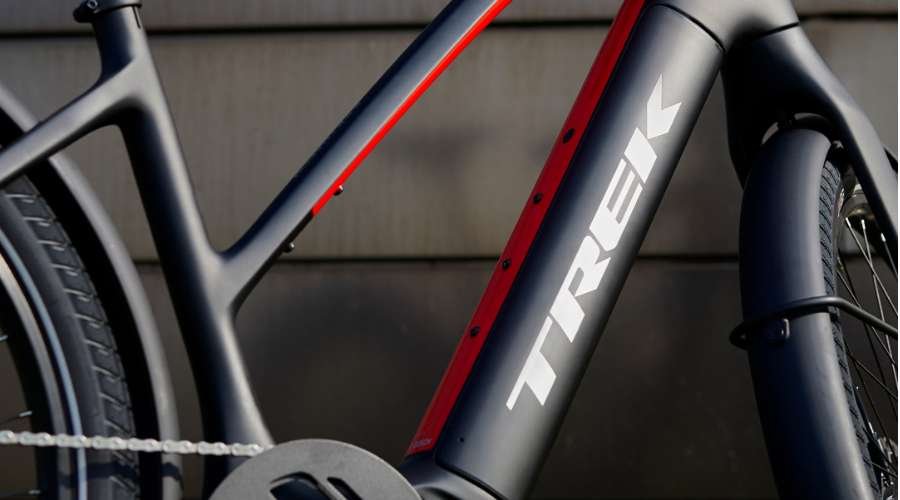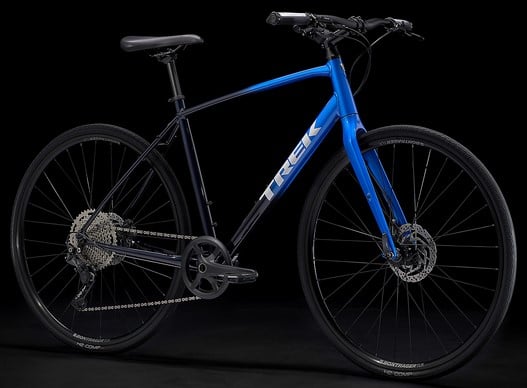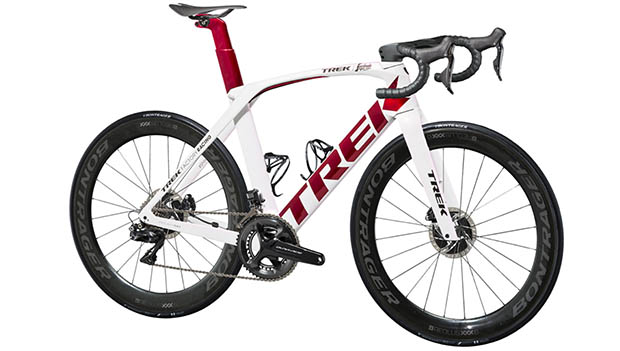Why Are Trek Bikes So Expensive

The glint of chrome, the whisper of tires on asphalt – for many, a bicycle represents freedom, fitness, and a connection to the outdoors. Yet, the price tag on a new Trek bike, often exceeding thousands of dollars, can quickly deflate that dream. Why are Trek bikes, a brand synonymous with quality and performance, so expensive? This question plagues both seasoned cyclists and aspiring riders alike, sparking debate and driving consumers to seek answers.
Understanding the cost of a Trek bike requires dissecting a complex web of factors, from research and development to material sourcing, manufacturing processes, and the ever-present impact of global economic forces. This article delves into the intricate details that contribute to Trek's pricing strategy, exploring the elements that justify the investment for some and the reasons why others may seek alternative options.
The Investment in Innovation: Research & Development
At the heart of Trek's pricing lies a significant investment in research and development (R&D). The company dedicates considerable resources to pushing the boundaries of bicycle technology.
This includes extensive wind tunnel testing, advanced materials science, and collaboration with professional athletes to refine designs and enhance performance, which directly impacts the price.
According to Trek's sustainability report, "We are committed to reducing our environmental impact through sustainable product design, efficient operations, and responsible sourcing." This commitment often involves using more expensive, eco-friendly materials and processes, further adding to the cost.
Material Matters: From Aluminum to Carbon Fiber
The frame material is a major cost driver in bicycle manufacturing. Trek offers bikes in various materials, including aluminum, carbon fiber, and steel.
Carbon fiber frames, known for their lightweight and strength, are significantly more expensive to produce than aluminum frames. The intricate process of layering carbon fiber sheets and curing them requires skilled labor and specialized equipment, inflating the final price.
Sourcing high-quality components from reputable manufacturers like Shimano and SRAM also contributes to the overall cost. These components offer superior performance and durability, but they come at a premium compared to generic alternatives.
The Human Factor: Labor and Manufacturing
Manufacturing bicycles involves a complex process that requires skilled labor. Trek, while having some manufacturing overseas, maintains a significant presence in the United States, which impacts labor costs.
According to statements from Trek's management, prioritizing fair wages and ethical labor practices is a core value, even if it translates to higher production expenses. This contrasts with companies that primarily rely on cheaper labor markets to minimize costs.
Quality control is another crucial aspect of the manufacturing process. Trek implements rigorous testing and inspection procedures to ensure that every bike meets its high standards, adding to the overall cost of production.
Supply Chain Dynamics: Global Interconnectedness
The global supply chain plays a significant role in determining the price of Trek bikes. Fluctuations in raw material costs, shipping expenses, and tariffs can all impact the final price.
Events like the COVID-19 pandemic and geopolitical instability have disrupted supply chains, leading to increased costs and longer lead times for components. These disruptions have been felt across the bicycle industry, impacting Trek along with its competitors.
Furthermore, currency exchange rates can also influence pricing, particularly for bikes manufactured or assembled in different countries. These external factors are often beyond Trek's direct control, but they inevitably affect the prices consumers pay.
Brand Value and Marketing: The Power of Perception
Trek has cultivated a strong brand reputation over decades, and this brand value contributes to its pricing power. The company invests heavily in marketing and advertising to maintain its image as a premium bicycle manufacturer.
Sponsorships of professional cycling teams and athletes further enhance Trek's brand visibility and credibility. These partnerships not only promote the Trek brand but also provide valuable feedback for product development.
However, some critics argue that a portion of the price is attributable to marketing expenses and brand premiums, rather than purely reflecting the cost of materials and manufacturing.
Dealer Networks and Retail Margins
Trek primarily sells its bikes through a network of independent bicycle retailers (IBDs). These dealers provide valuable services such as bike fitting, maintenance, and repair, which add to the overall cost of ownership.
IBDs typically operate on a margin, which contributes to the final price that consumers pay. These margins vary depending on the dealer and the specific model of bike.
While online retailers offer an alternative channel for purchasing bicycles, Trek has largely maintained its commitment to supporting IBDs, believing that their expertise and service are essential for a positive customer experience.
The Competition and Alternatives
The bicycle market is highly competitive, with numerous brands offering a wide range of options at different price points. While Trek occupies a premium position, there are many alternative brands that offer similar performance and features at a lower cost.
Direct-to-consumer brands have emerged as a viable alternative, cutting out the middleman and offering bikes at more competitive prices. However, these brands often lack the same level of service and support as traditional IBDs.
Ultimately, the decision of whether to invest in a Trek bike depends on individual needs, priorities, and budget. Consumers must weigh the benefits of Trek's brand reputation, technology, and dealer network against the potential cost savings of alternative options.
Looking Ahead: The Future of Bicycle Pricing
The future of bicycle pricing is likely to be shaped by several factors, including technological advancements, evolving consumer preferences, and the ongoing impact of global economic forces. The rise of electric bikes (e-bikes) is also playing a significant role in the market, with e-bikes often commanding even higher prices than traditional bicycles.
As technology continues to evolve, we may see new materials and manufacturing processes that can reduce costs while maintaining or improving performance. Sustainable practices and ethical sourcing will also likely become increasingly important to consumers, influencing their purchasing decisions and potentially affecting prices.
Ultimately, the price of a Trek bike, or any bicycle, represents a complex interplay of factors. By understanding these factors, consumers can make informed decisions and choose the bike that best suits their needs and budget, whether it's a high-end Trek or a more affordable alternative.










![Why Are Trek Bikes So Expensive Why Are Trek Bikes So Expensive? [ A Pro Cyclist Answers]](https://cyclepedal.com/wp-content/uploads/Minimalist-Blog-Tips-Follower-Instagram-Post.png)







